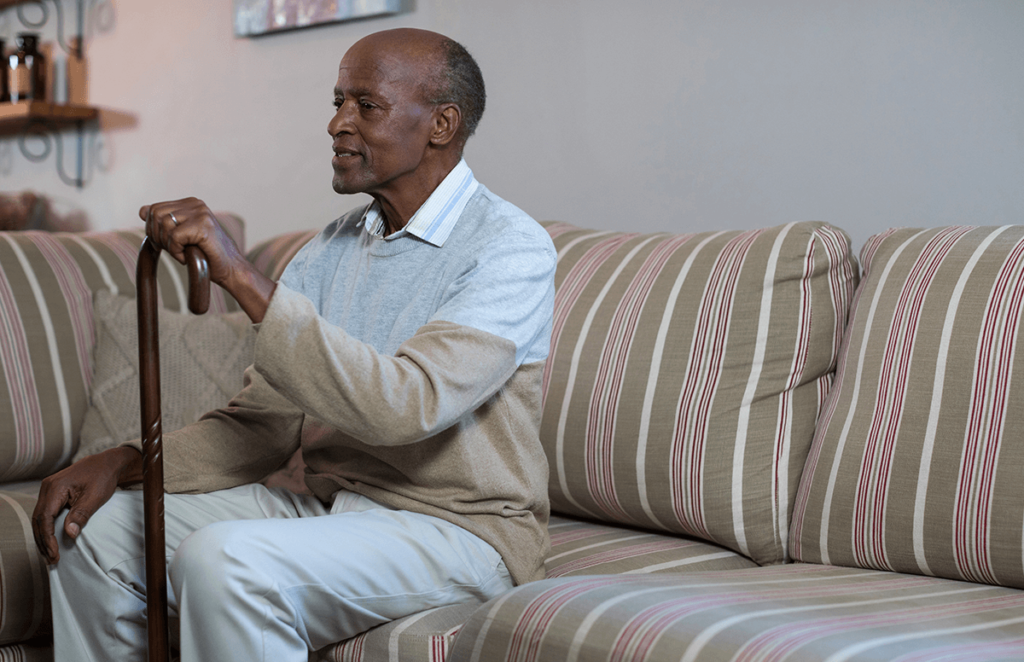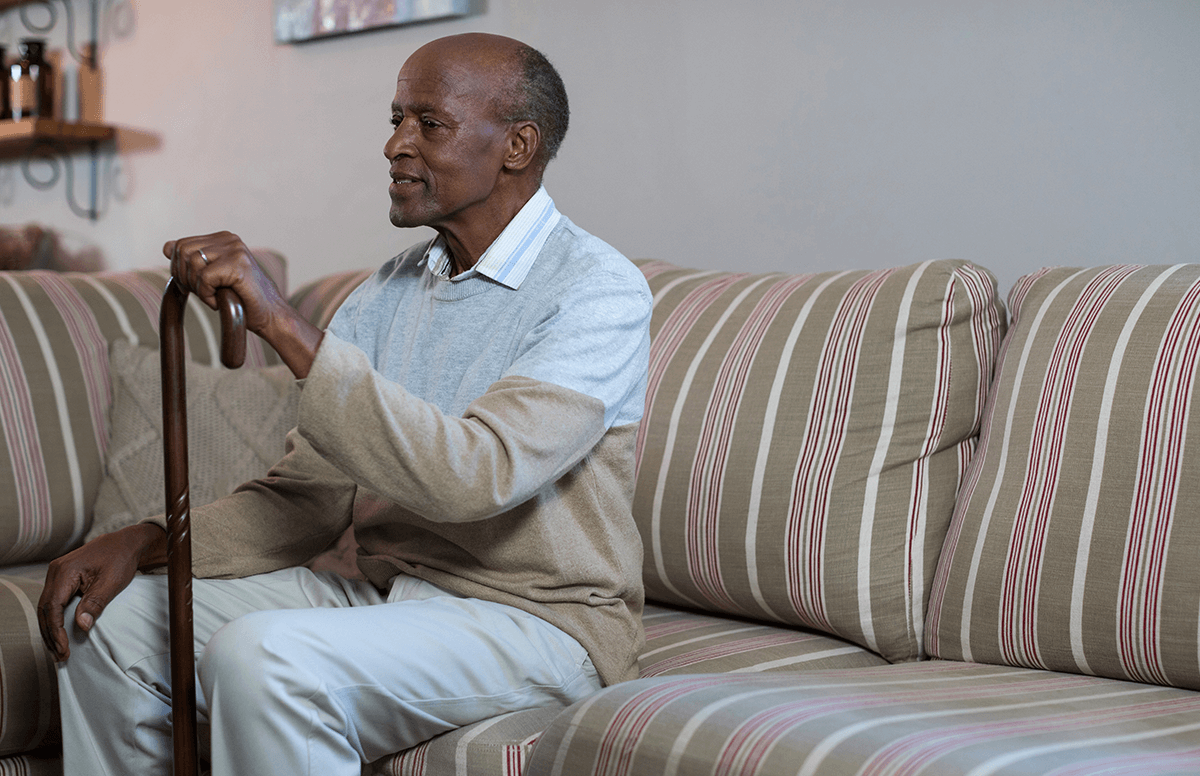by Melba Newsome. This article originally appeared on Next Avenue.

When Altrice Ward’s 82-year-old mother was hospitalized after falling for the third or fourth time, Ward knew she had to face an uncomfortable reality: Her mother could no longer live on her own.
So, despite holding down a full-time nursing job, Ward decided to move her mother in with her and take on the role of caregiver. Even her professional training caring for others did not prepare her for what lay ahead.
“It was eye-opening and more difficult and exhausting than I imagined it would be,” says Ward, of Maywood, Ill., a Chicago suburb. “I was overwhelmed by the commitment.”
Fortunately, Ward received much-needed assistance from Caring Together, Living Better (CTLB), a program offered through her church by AgeOptions, a nonprofit that connects older adults and their caregivers with resources that help older adults age in place. AgeOptions is the Area Agency on Aging for suburban Cook County, Ill.
Providing Respite and More
Ward took advantage of CTLB’s respite program, which provided a volunteer to come to her home for several hours at a time just to give her a break. “It was such a relief. It gave me the chance to get away and have some time to myself,” she says.
CTLB was formed in 2009 by pastors, caregiving specialists and AgeOptions to address the unmet needs of African-American caregivers in the Chicago suburbs by providing information, support and services.
“African-American communities tend to be underserved and often don’t know about available resources for caregivers,” says CTLB Caregiver Program Specialist Chelsea Hawkins. “They also rely on their faith more to get them through.”
This volunteer support program is available through seven sites — five churches and two community organizations — in the Chicago suburbs. Its list of services includes educational workshops; respite and fun activities, like caregiver painting night for caregivers and care recipients.
During the spring and summer, CTLB even has volunteers who mow caregivers’ lawns. The partners, such as Ward’s Neighborhood United Methodist Church, receive a small stipend to cover expenses they incur for facilitating the program.
Helping ‘Hidden Caregivers’
CTLB’s first challenge was finding what Hawkins calls “hidden caregivers,” people who provide unpaid care to a family member or spouse, who are often most in need of assistance.
“They aren’t identifying as caregivers and aren’t speaking up when they need help,” says Hawkins. “When someone is discharged from the nursing home or hospital and they’re told ‘this is your responsibility, you have to take care of it now,’ they just don’t know what to do.”
That’s the situation in which Ward found herself. She logged hours at home before and after putting in a full day at her paid job.
“I prepared as much as I could for my mother before work, sometimes came home on my lunch hour, went straight home after work and sometimes had to enlist help from neighbors and church members,” she says. Because she was so focused on her mother’s needs, it never occurred to Ward that there were programs designed to care for her needs as well.
Why Partnering With Churches Works
CTLB works with churches, in large part, because they often serve as community gathering places and are the most effective way to distribute information. While it’s a faith-based program, it is open to the community at large, including those with no faith.
CTLB also offers “Paths to Faithful Caregiving,” a training program — designed and implemented by caregivers, pastors and older adults — specifically to fit the needs of African-American caregivers. It is designed to suit people of different religious backgrounds.
Paths to Faithful Caregiving uses evidence-informed practices and includes exercises that promote positive thinking, effective communication, accessing community resources and navigating transitions. The exercises invite caregivers to brainstorm on ways to draw on their faith and/or spirituality for strength and support.
The objective is to find ways to communicate more effectively, better manage stress and difficult emotions and create more balance in caregivers’ daily lives, according to the AgeOptions website. CTLB also developed a cultural and linguistic translation of the curriculum for Hispanic/Latino caregivers.
Partners in Service Offerings
When CTLB first started, it looked as if the partner churches and organizations would be in competition. However, CTLB is really a collective of resources, Hawkins says. Each partner developed its program based on the needs of caregivers, which were identified through focus groups, surveys and by identifying assets in the community.
A community center might offer transportation services, one church might deliver meals and another might provide chore assistance. A caregiver can access as many services as she or he wishes from any of CTLB’s seven sites.
Over the years, Ward has learned about services, such as community dining programs, home-delivered meals, housekeeping help, employment services and how to access benefits for herself and her mother. She also attended wellness workshops on subjects like Medicare fraud and legal guardianship.
Since this model began in 2013, CTLB has served 858 family caregivers, with 548 in fiscal year 2018 alone — an indication that the word is getting out and more caregivers like Ward are being helped. To date, the caregivers served are 95% female, 65% African-American and 35% Hispanic/Latino.
Currently, caregivers access the services by contacting the project leader at a partner church or organization. AgeOptions is developing a website so participants will be able to request and schedule assistance online.
Melba Newsome is an award-winning freelance writer with feature credits in many prominent publications including the New York Times, Bloomberg Businessweek, Oprah, Playboy, Reader’s Digest, Time, Good Housekeeping and Wired. Melba also is a frequent contributor to such online sites as NBCNews and Healthline.
The opinions expressed in this article are those of the author and do not necessarily reflect those of the Diverse Elders Coalition.

